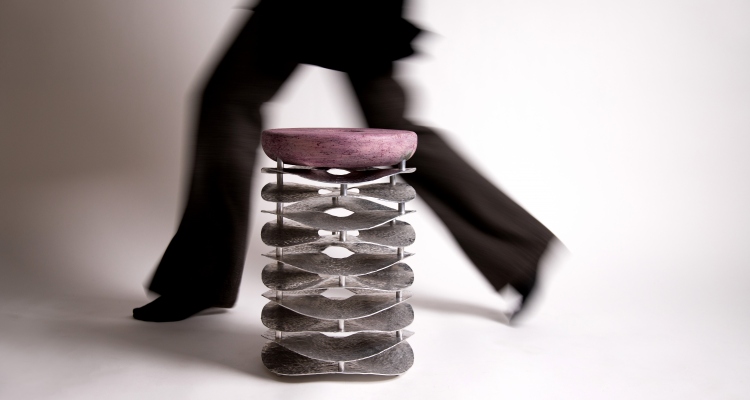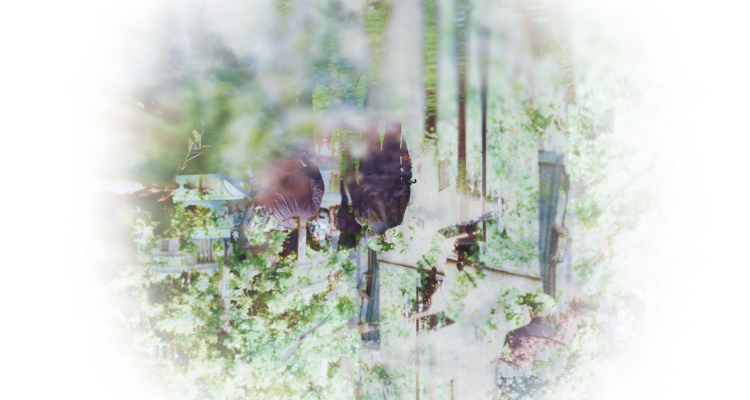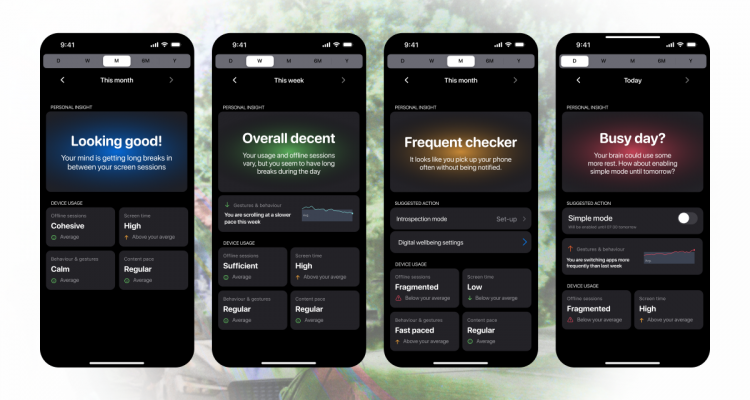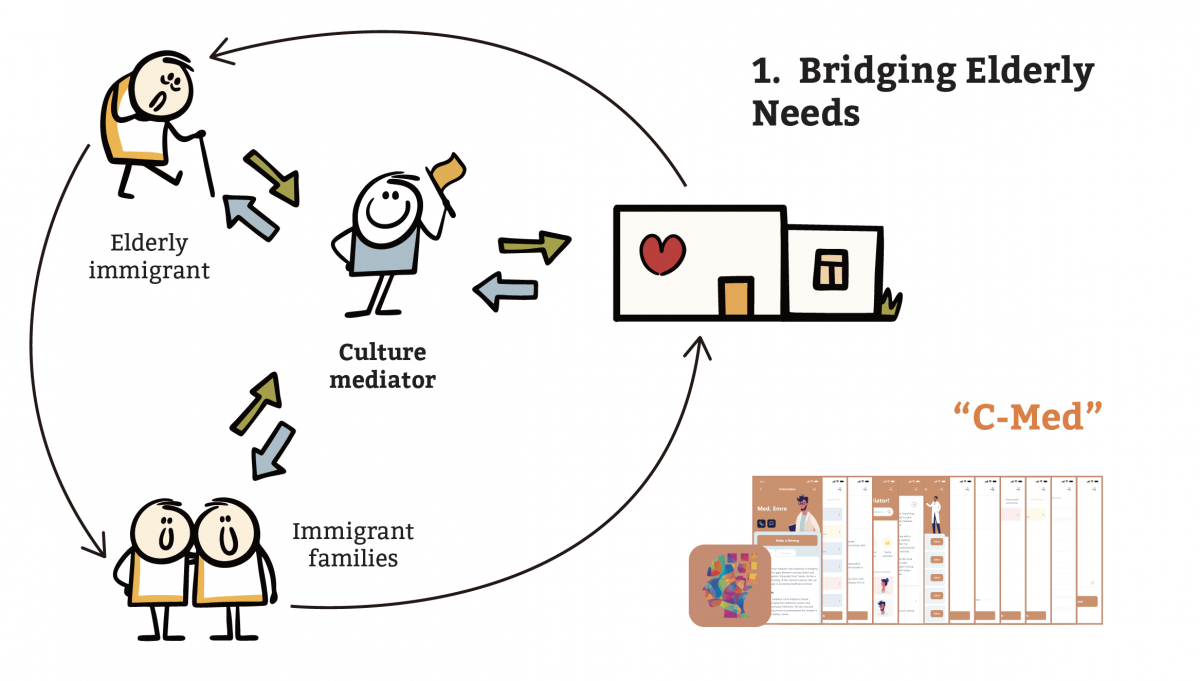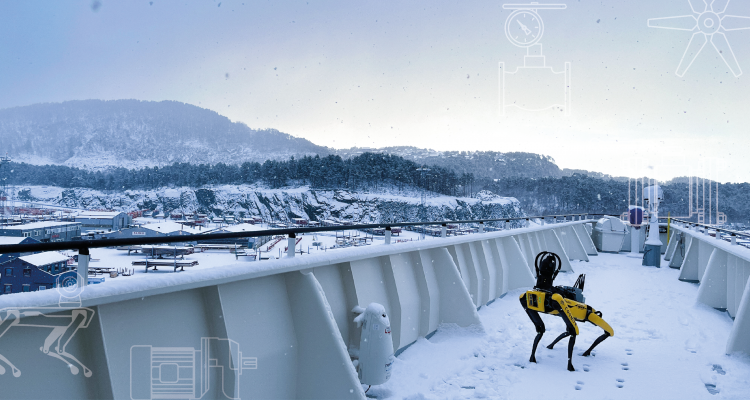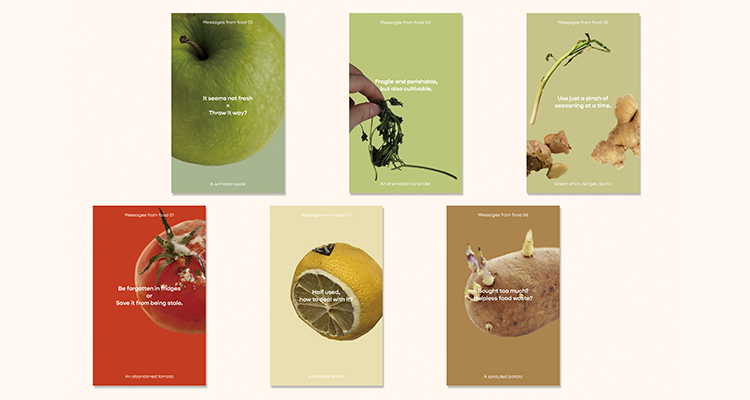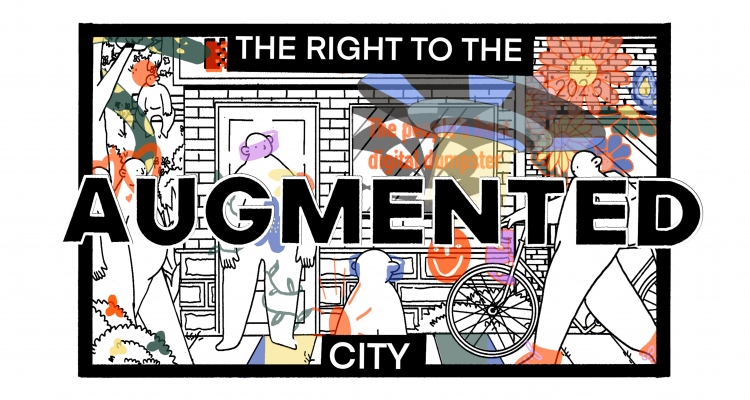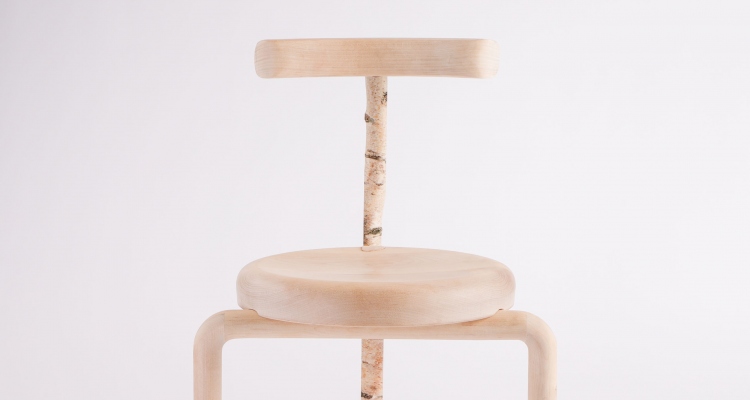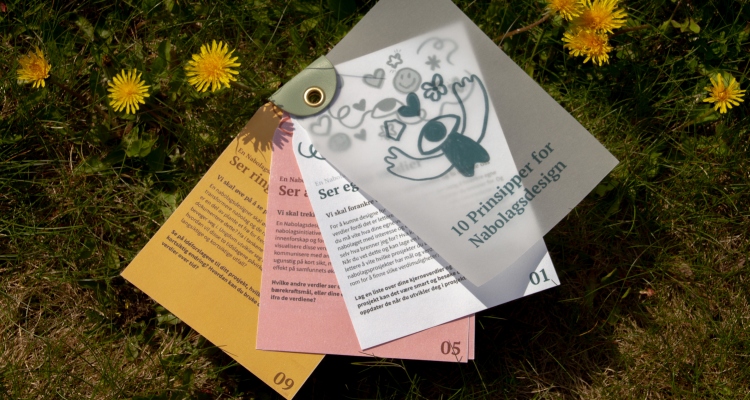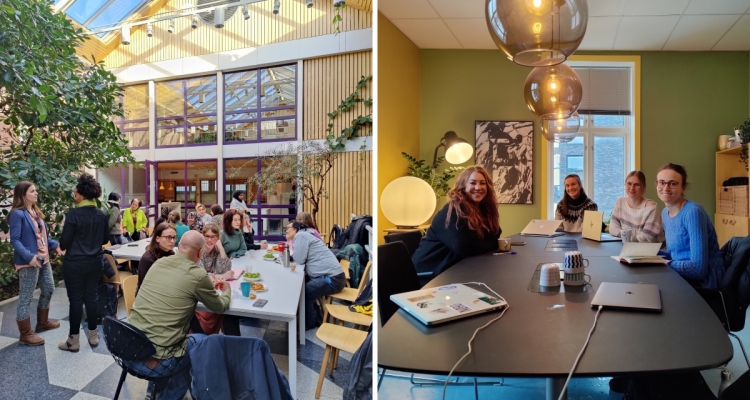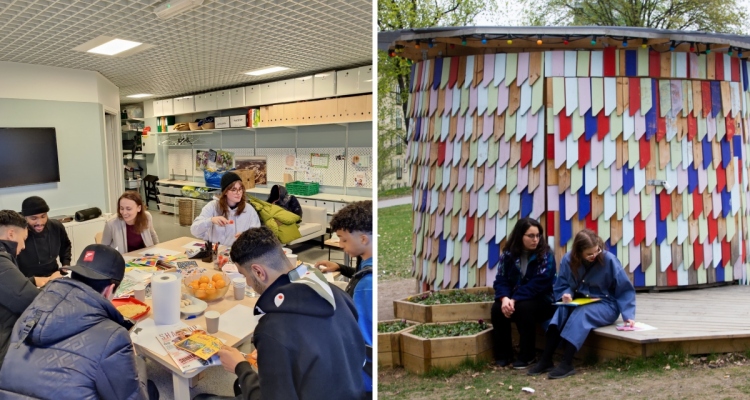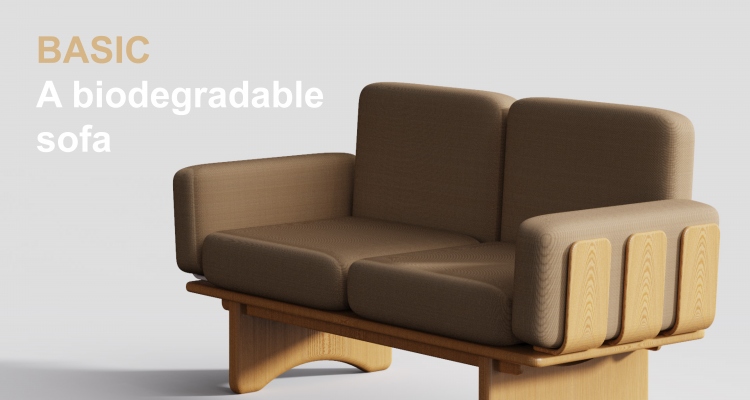The synthetic surfaces we are surrounded by today cause damage to nature and humans. According to recent research, paint accounts for 58% of all the microplastics that end up in the world’s oceans and waterways every year.
How might we reveal hidden processes to challenge the contemporary aesthetic of the surfaces that surround us?
By using comparison as a tool, we are suggesting a shift from synthetic to living surfaces.
How might we reveal hidden processes to challenge the contemporary aesthetic of the surfaces that surround us?
By using comparison as a tool, we are suggesting a shift from synthetic to living surfaces.
